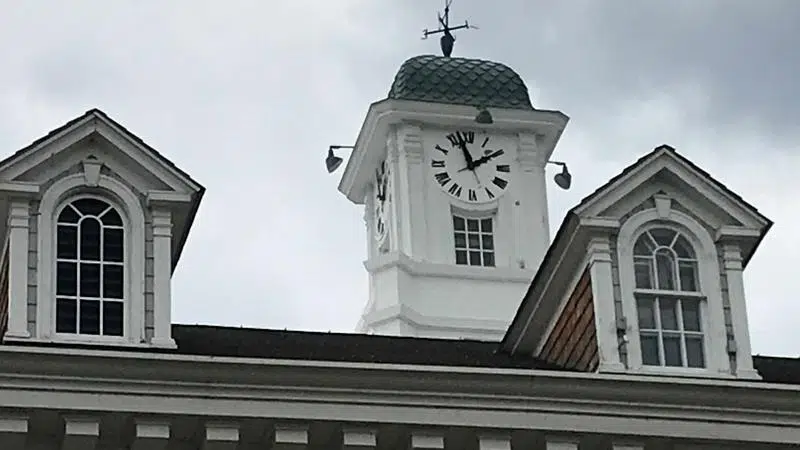
P.A.’s most famous clock gets fix from Melfort master
It looks out in every direction of the city as both an iconic symbol of early 20th century workmanship and a valuable public asset for the ever-present. The four-faced clock on Prince Albert’s Court of Queen’s Bench has been telling us the time since construction on the building was completed on the hill in 1927.
However, the 93-year-old timepiece can get a little cranky on occasion (who doesn’t?) and in recent weeks the north-facing side just wasn’t keeping up with the times. It had fallen out of sync with its south, east and westerly siblings.
That’s where Al Butt comes into the picture. This week paNOW’s Glenn Hicks took a look at what he does to keep things ticking along.
Butt calls himself a “general clock repairman”, but the 74-year-old knows every tick and tock of the business and is sent out by the province whenever one of the chronometers on their landmark buildings needs a hand … or should that be hour, minute or second hand?








